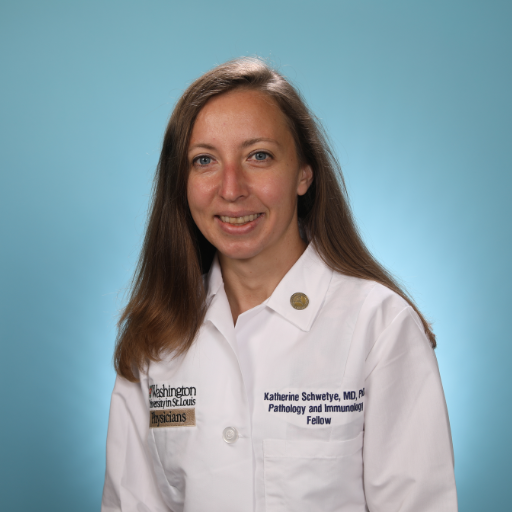In Vivo Stable Isotope Labeling and Quantitative Mass Spectrometry Imaging of Aβ Plaque Deposition in Human Alzheimer’s

Principal Investigator
Katherine Schwetye, MD, PhD
Washington University in St. Louis
Saint Louis, MO, USA
About the Research Project
Program
Award Type
Standard
Award Amount
$300,000
Active Dates
July 01, 2017 - June 30, 2024
Grant ID
A2017081S
Goals
Alzheimer’s disease (AD) is a devastating neurological disease for which there currently are no effective therapeutics. Critical to the development of therapeutics that may treat and even cure AD is an understanding of the dynamics (the change over time) of certain amyloid-beta (Aβ) proteins that are a likely cause of AD in the human brain. We are using the most advanced imaging technology to answer these questions in patients in order to accelerate drug development and improve patient outcomes.
Summary
Our goal is to measure, for the first time in human Alzheimer’s disease (AD) brain, the rate of plaque pathology using the most advanced imaging technology. We have developed an advanced imaging protocol called SILK-SIMS, which enables us to image and measure plaque growth at the nanometer level; which this allows us to see structures much smaller than cells and measure the growth during life. Plaque growth is measured with a label given to patients (like a dye which tags newly made plaque), which we then image with SILK-SIMS, noting both the location and amount of the new growth of the plaque. We aim to measure plaque growth, using SILK-SIMS imaging, in the brain of people with mild to severe cases of AD and compare these measurements to those taken from patients without dementia. These findings will enable us to model how fast AD pathology occurs in the living human brain.
This research is unique in that we will be providing the first direct measures of plaque growth rates in the human AD brain by utilizing cutting-edge methodologies never before leveraged in the AD field. The outcomes of this study will provide new insights in order to better understand AD amyloid pathology, which can accelerate drug development and inform clinical trials. In addition, we will have established a blueprint for the investigation of other devastating neurodegenerative diseases, such as Parkinson’s disease, frontal-temporal dementia, and amyotrophic lateral sclerosis (ALS; also known as Lou Gehrig’s disease).
Related Grants
Alzheimer's Disease Research
Identifying New Memory and Brain Markers for Early Alzheimer's Disease
Active Dates
July 01, 2024 - June 30, 2026

Principal Investigator
Helena Gellersen, PhD
Current Organization
German Center for Neurodegenerative Diseases
Identifying New Memory and Brain Markers for Early Alzheimer's Disease
Active Dates
July 01, 2024 - June 30, 2026

Principal Investigator
Helena Gellersen, PhD
Current Organization
German Center for Neurodegenerative Diseases
Alzheimer's Disease Research
Staging Alzheimer's Disease Using Blood Samples
Active Dates
July 01, 2024 - June 30, 2026

Principal Investigator
Gemma Salvadó, PhD
Current Organization
Lund University
Staging Alzheimer's Disease Using Blood Samples
Active Dates
July 01, 2024 - June 30, 2026

Principal Investigator
Gemma Salvadó, PhD
Current Organization
Lund University
Alzheimer's Disease Research
Shining a Light on How Early Tau-Related Brain Changes Affect Memory Loss
Active Dates
July 01, 2024 - June 30, 2026

Principal Investigator
Martin Dahl, PhD
Current Organization
Max Planck Institute for Human Development (Germany)
Shining a Light on How Early Tau-Related Brain Changes Affect Memory Loss
Active Dates
July 01, 2024 - June 30, 2026

Principal Investigator
Martin Dahl, PhD
Current Organization
Max Planck Institute for Human Development (Germany)


